Aging Population
The demographic shift towards an aging population is a significant driver for the Medical Compression Sock Market. As individuals age, they become more susceptible to various health issues, including circulatory problems that can be mitigated through the use of compression socks. Data indicates that by 2030, the number of people aged 60 and older is projected to reach 1.4 billion, which could lead to an increased demand for medical compression products. Older adults often require additional support for their legs and feet, making compression socks an appealing option. This demographic trend suggests that the Medical Compression Sock Market will likely experience sustained growth as the elderly population seeks effective solutions to enhance mobility and reduce discomfort.
Rising Sports Participation
The growing interest in sports and fitness activities among various age groups is contributing to the expansion of the Medical Compression Sock Market. Athletes and fitness enthusiasts increasingly recognize the benefits of compression socks, which can enhance performance and aid in recovery. Market Research Future indicates that the sports compression segment is gaining traction, with a notable increase in sales attributed to endorsements from professional athletes. This trend suggests that the Medical Compression Sock Market is not only catering to medical needs but also tapping into the athletic market, thereby broadening its consumer base. As more individuals engage in physical activities, the demand for compression socks is expected to rise, further solidifying their role in both health and sports.
Growing Awareness of Preventive Healthcare
There is a noticeable shift towards preventive healthcare, which is influencing the Medical Compression Sock Market. Consumers are increasingly proactive about their health, seeking products that can prevent potential medical issues before they arise. Compression socks are often recommended for individuals who spend long hours standing or sitting, as they can help prevent conditions like deep vein thrombosis and varicose veins. This preventive approach is likely to drive sales, as more people recognize the importance of maintaining good circulation. Additionally, healthcare professionals are advocating for the use of compression therapy as a preventive measure, further solidifying its role in everyday health management. The Medical Compression Sock Market is thus poised to capitalize on this trend, as awareness of preventive measures continues to grow.
Technological Advancements in Product Design
Innovations in the design and manufacturing of medical compression socks are likely to play a pivotal role in the growth of the Medical Compression Sock Market. Advances in materials and technology have led to the development of more comfortable, breathable, and effective compression garments. For instance, the introduction of moisture-wicking fabrics and seamless designs enhances user experience, making these products more appealing to consumers. Furthermore, the integration of smart technology, such as sensors that monitor circulation, is emerging as a potential game-changer. These advancements not only improve the efficacy of compression socks but also attract a wider audience, including those who may not have previously considered such products. The Medical Compression Sock Market stands to benefit from these innovations, as they align with consumer preferences for quality and functionality.
Increasing Incidence of Chronic Venous Disorders
The prevalence of chronic venous disorders, such as varicose veins and chronic venous insufficiency, appears to be on the rise, thereby driving demand within the Medical Compression Sock Market. According to recent health statistics, approximately 25% of adults experience some form of venous disease, which necessitates the use of compression therapy. This growing patient population is likely to seek effective solutions, such as medical compression socks, to alleviate symptoms and improve quality of life. As awareness of these conditions increases, healthcare providers are more frequently recommending compression therapy, further propelling market growth. The Medical Compression Sock Market is thus positioned to benefit from this trend, as more individuals turn to these products for both preventive and therapeutic purposes.


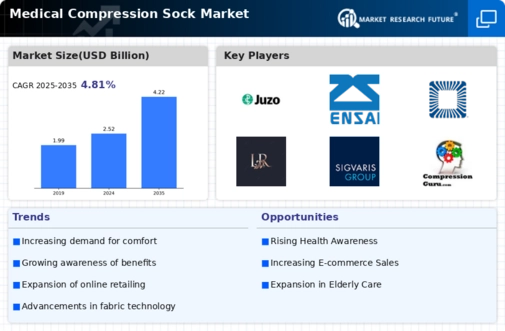
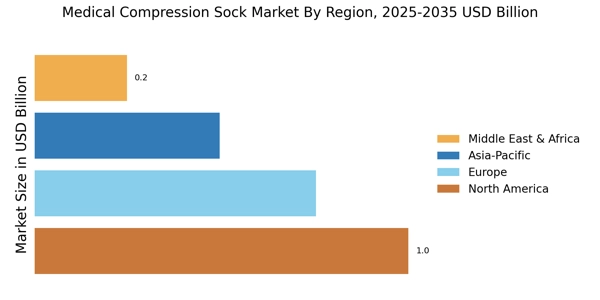
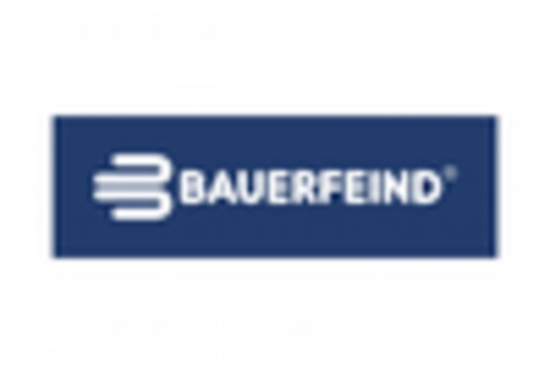
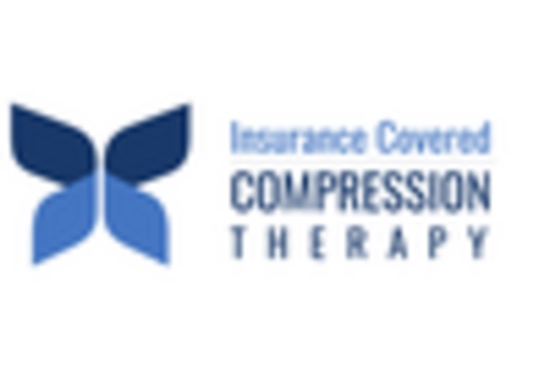
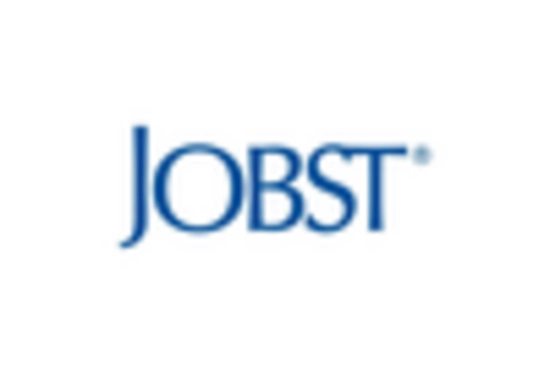

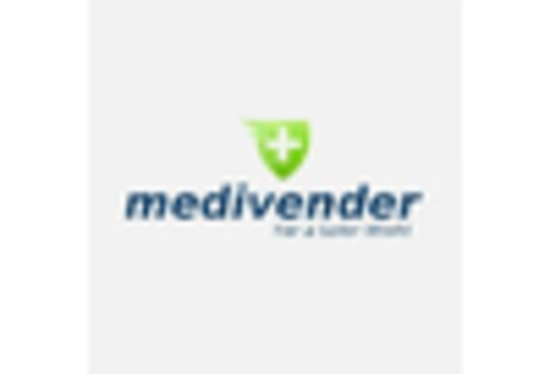









Leave a Comment